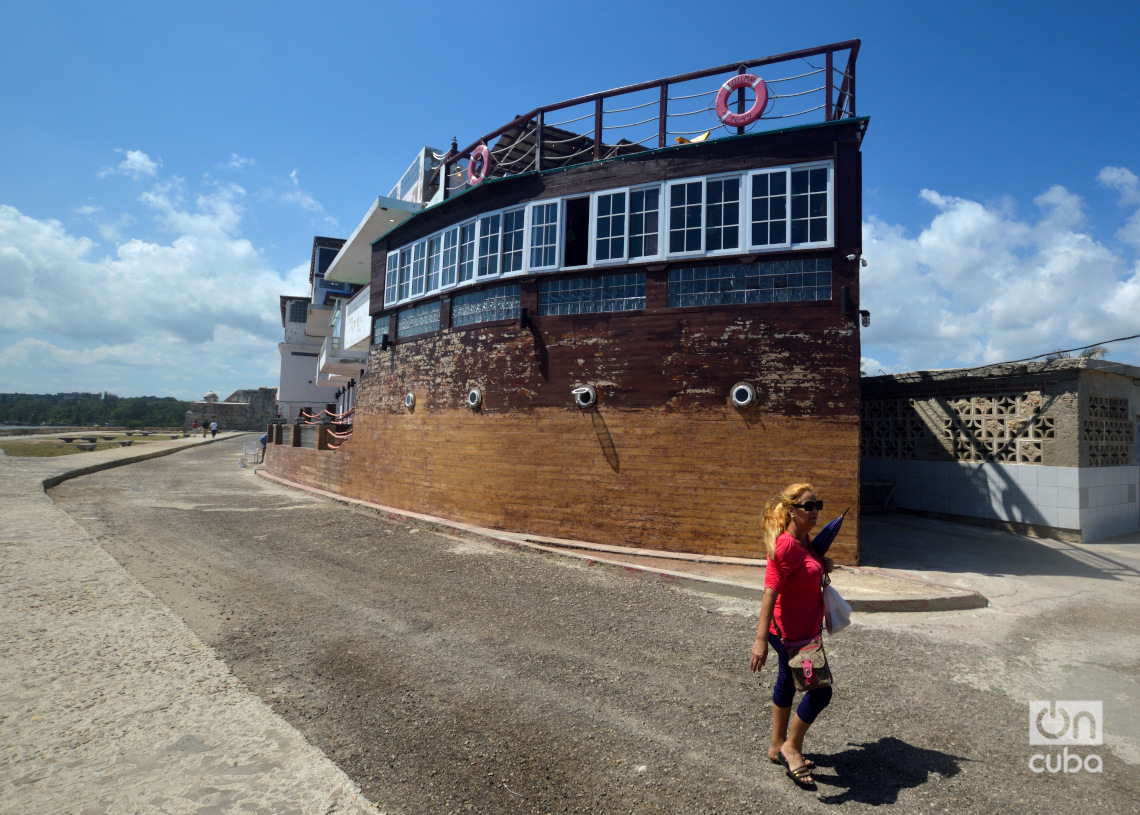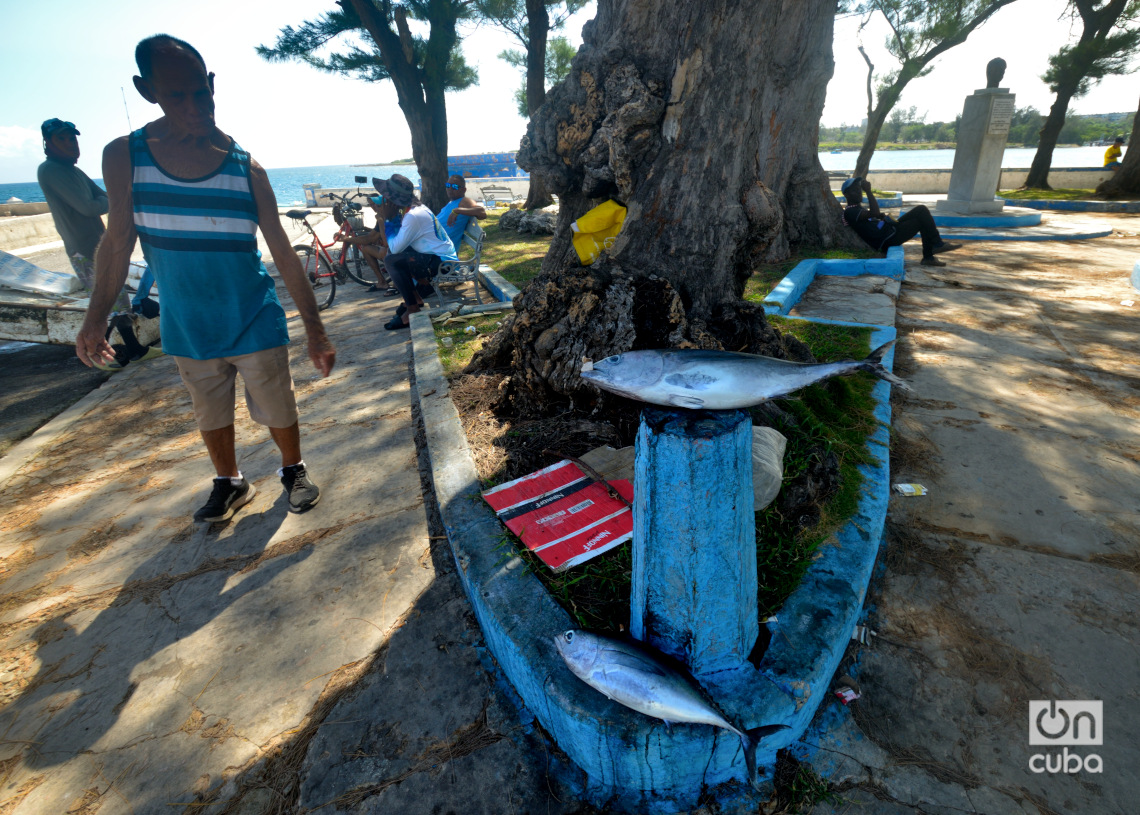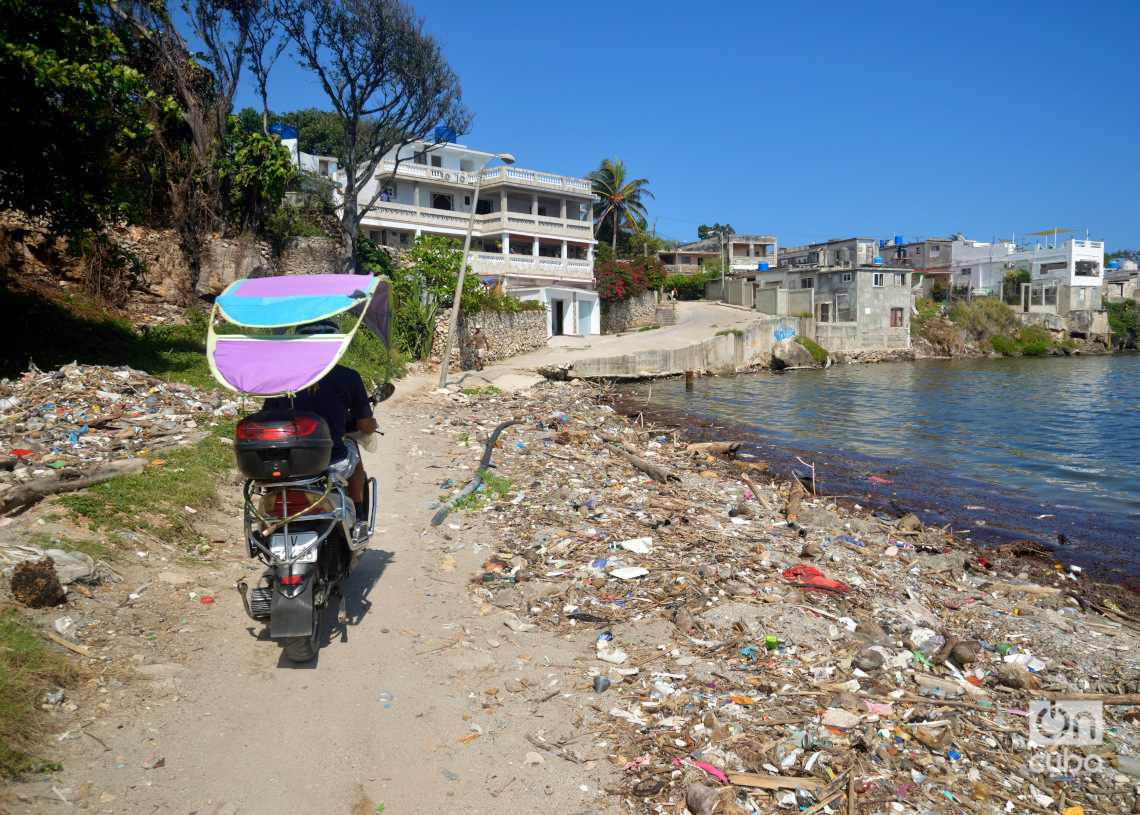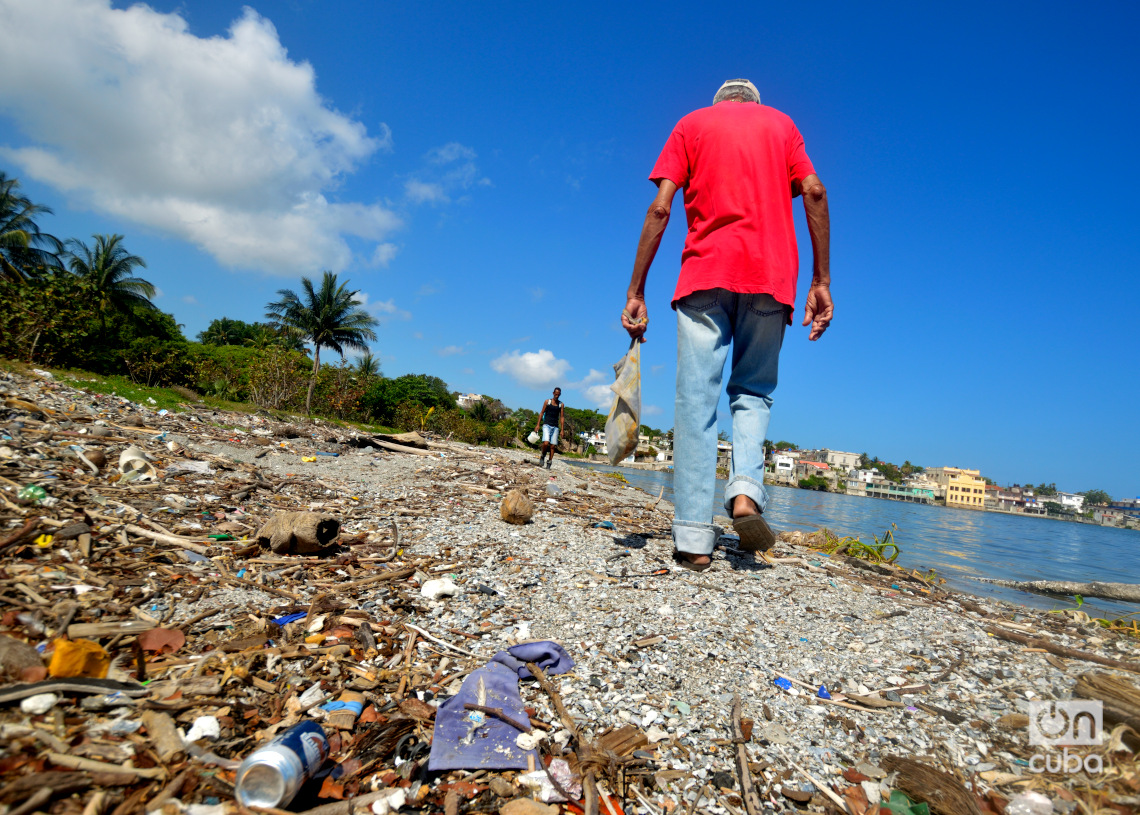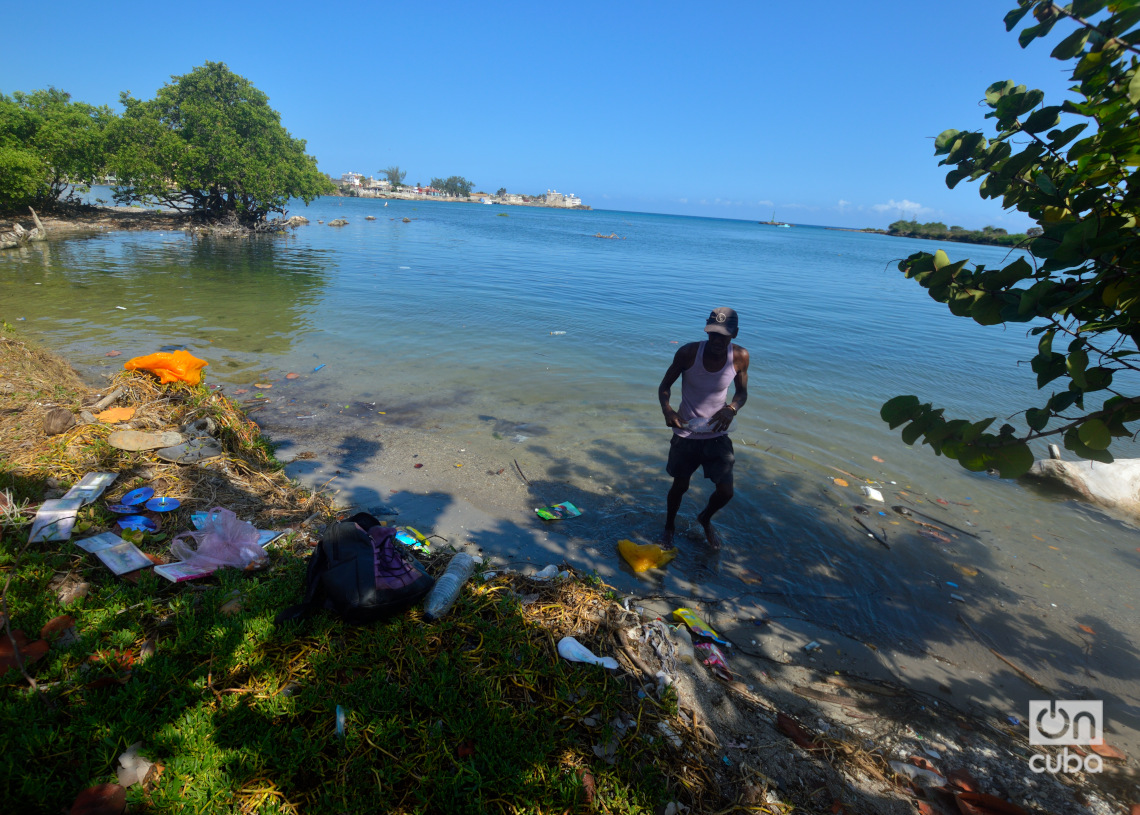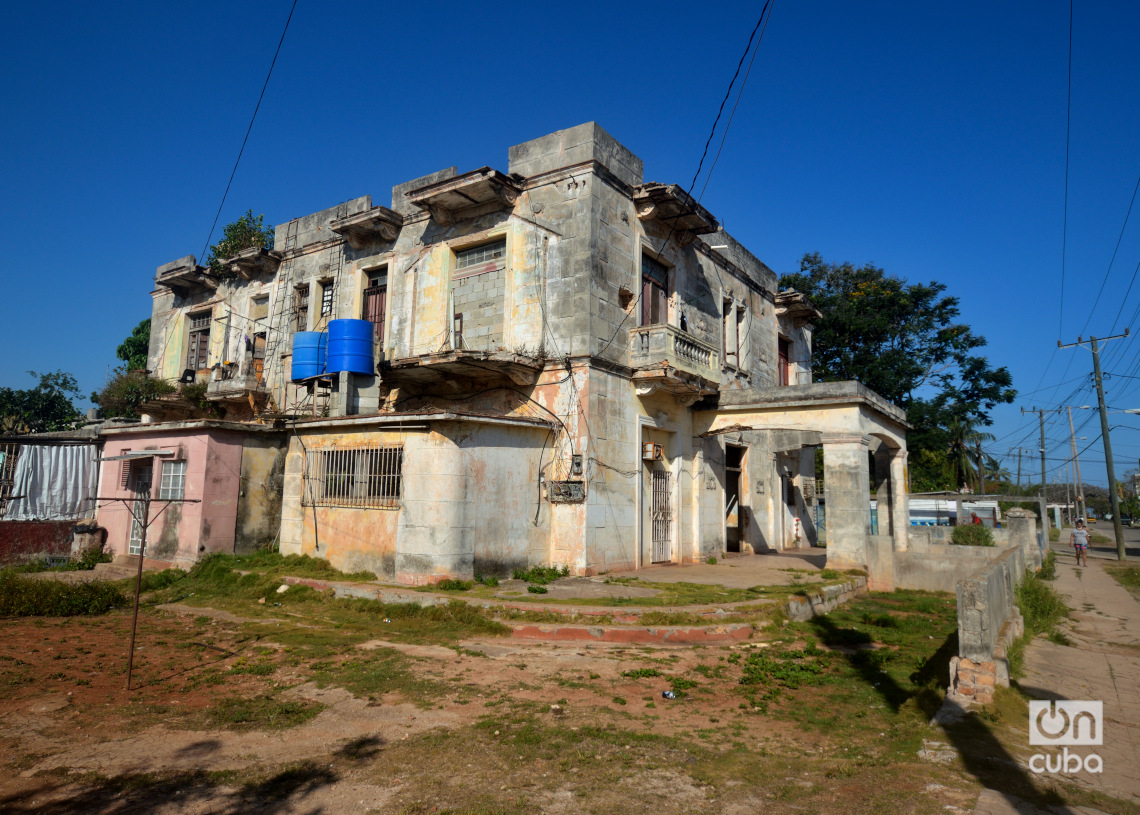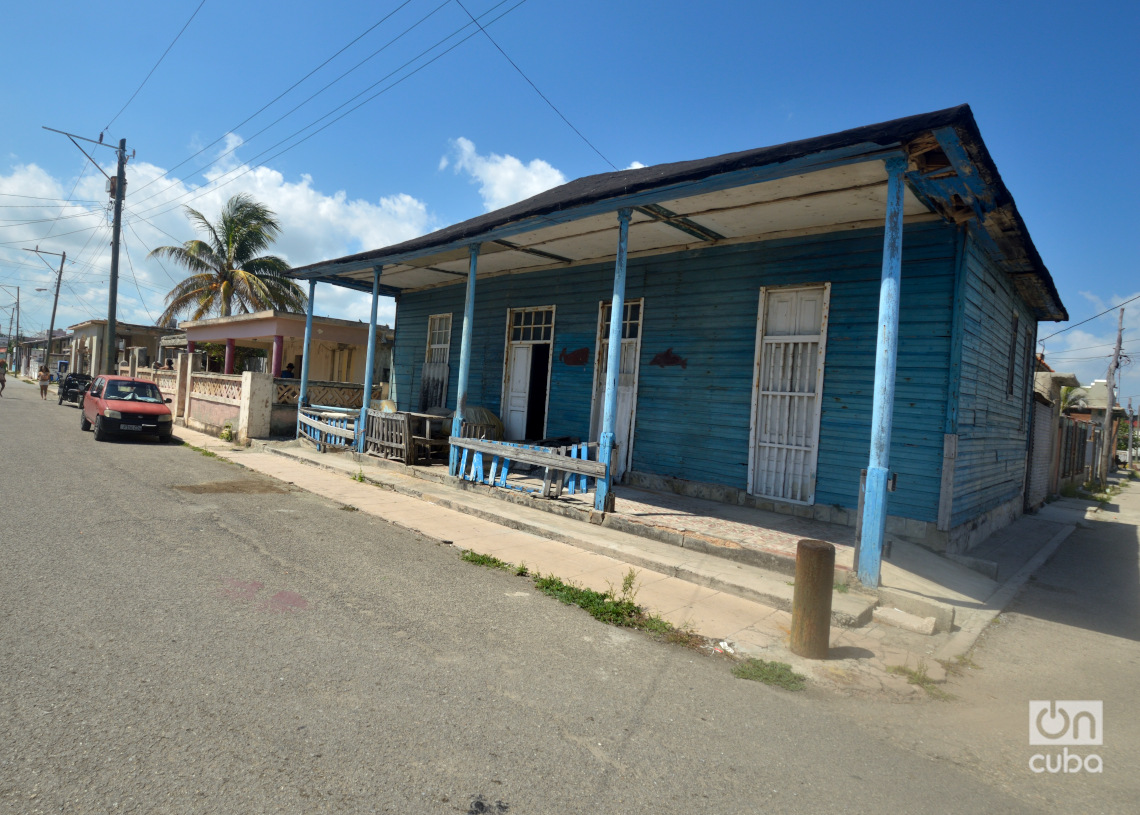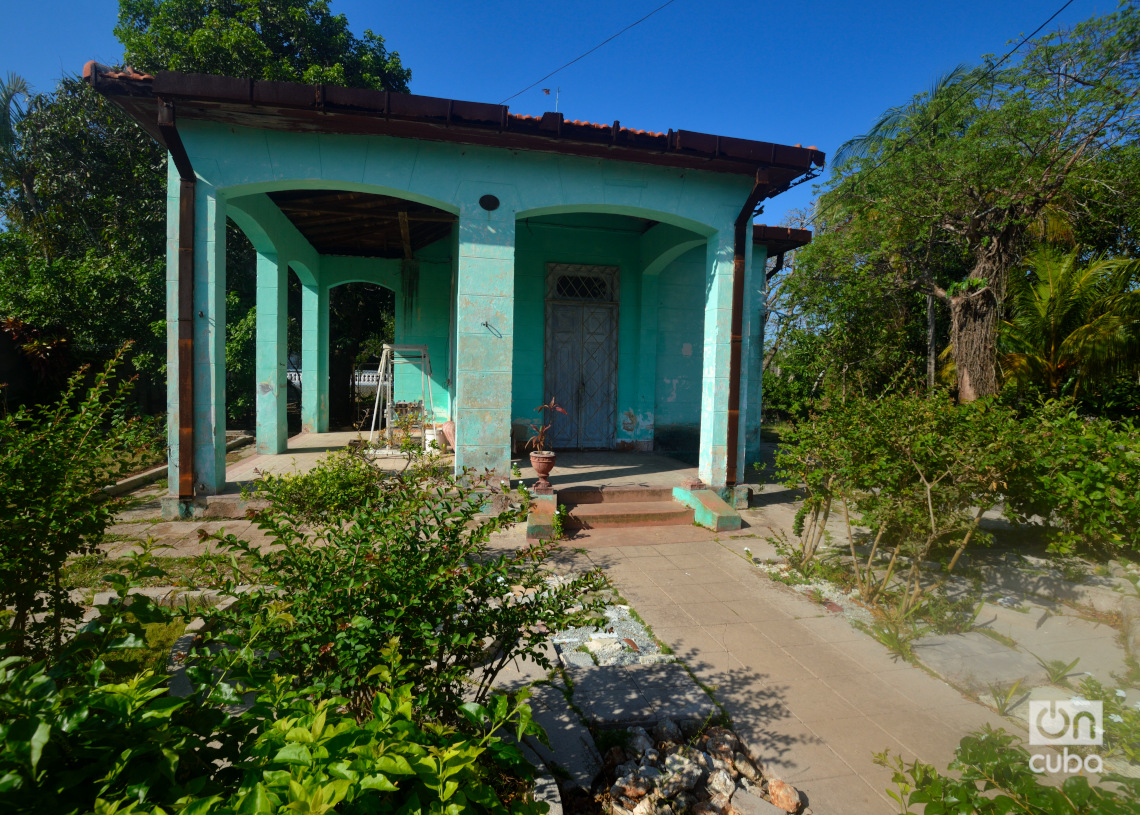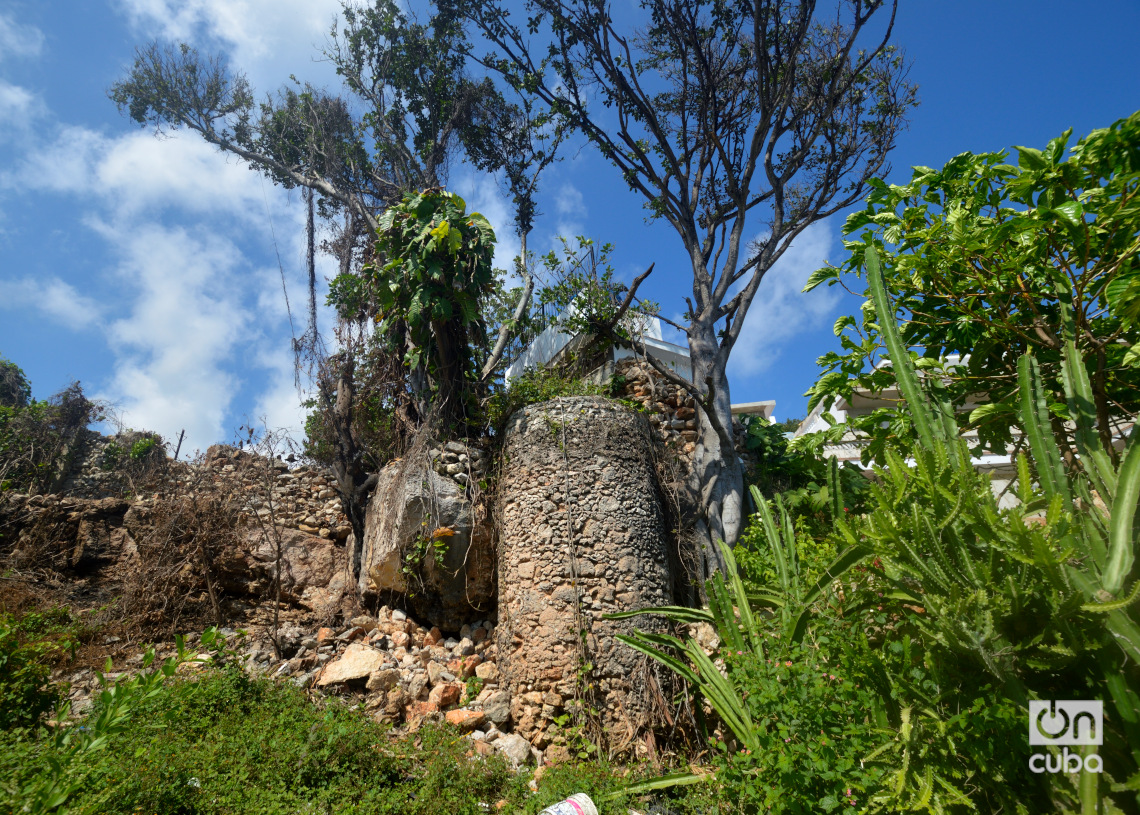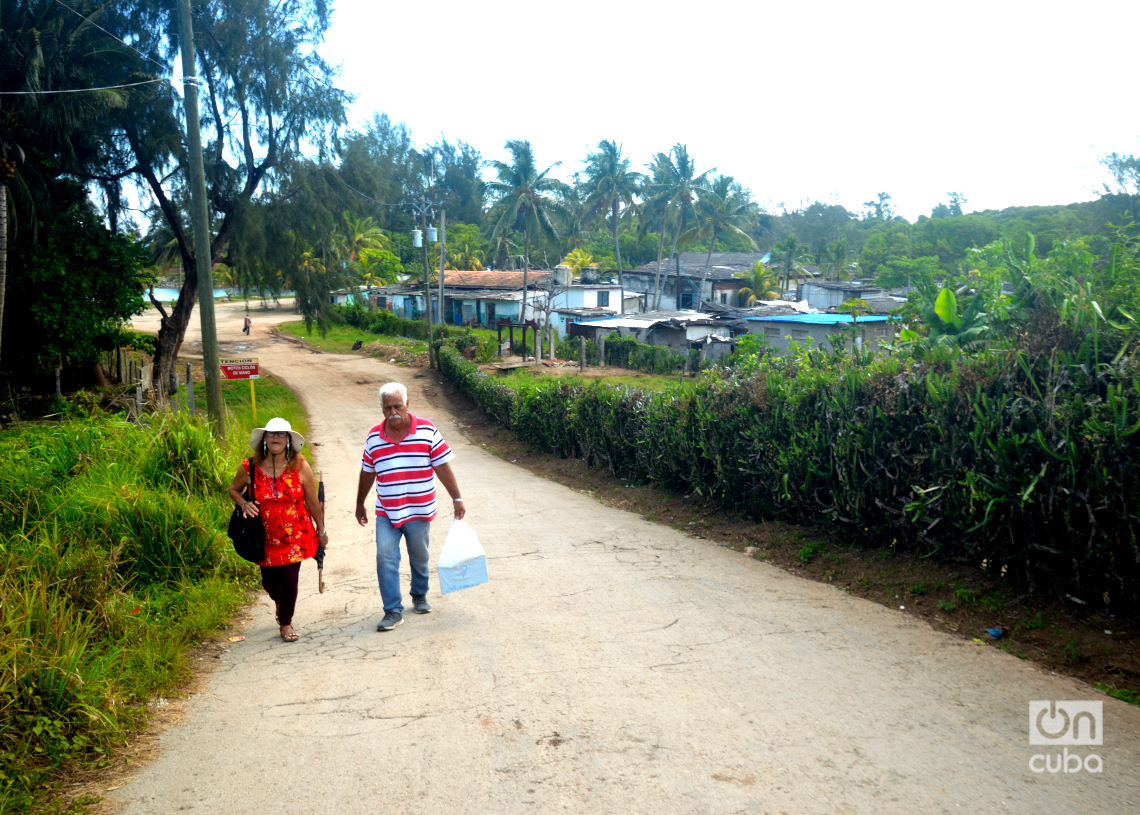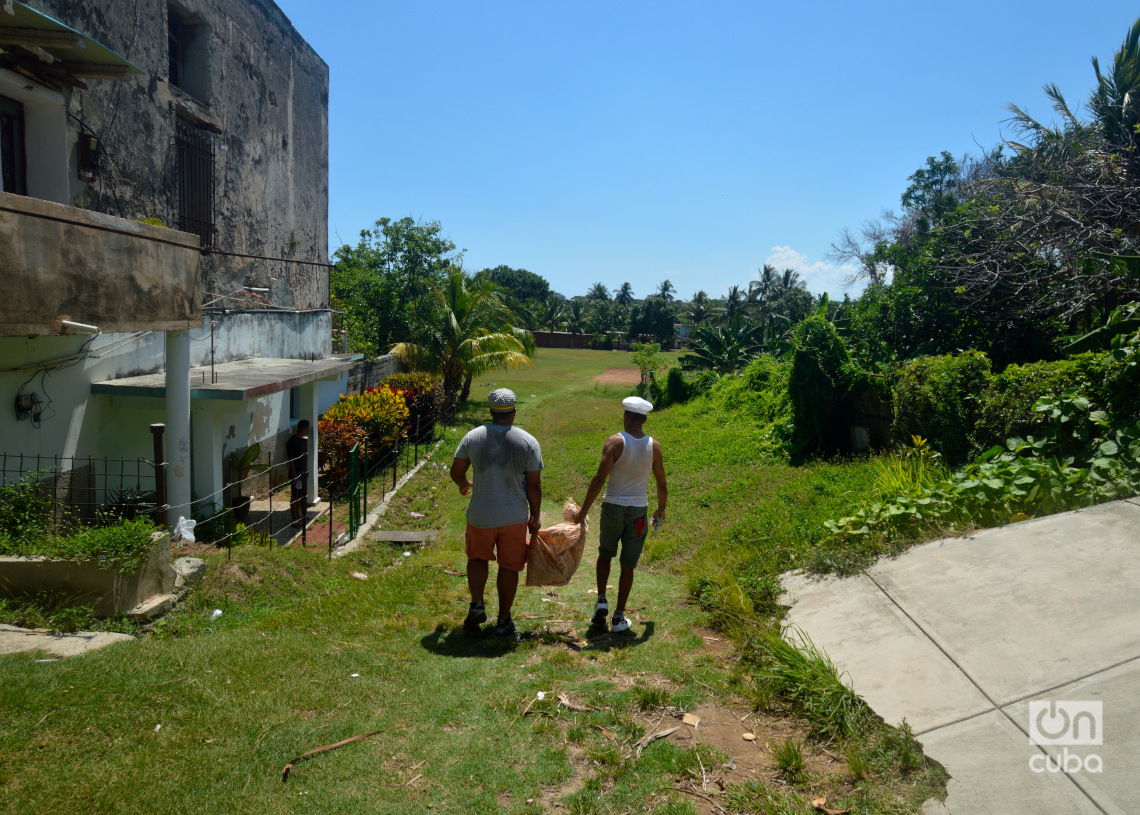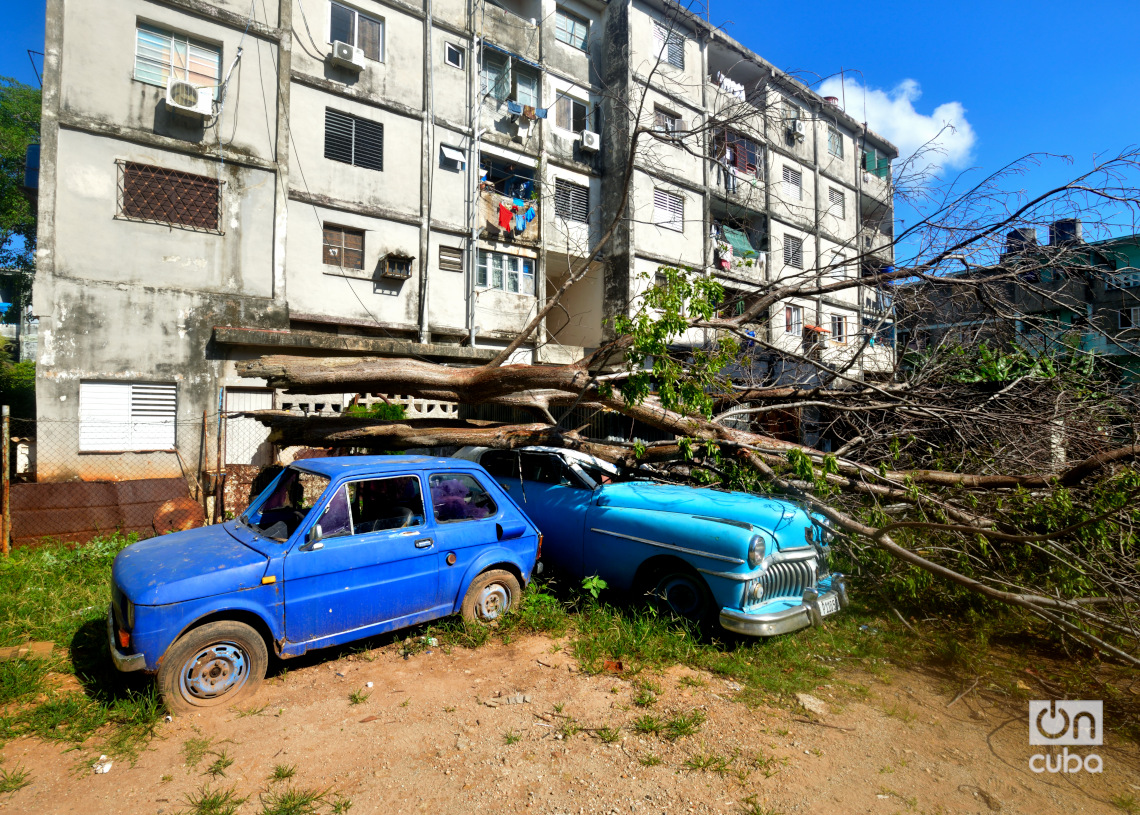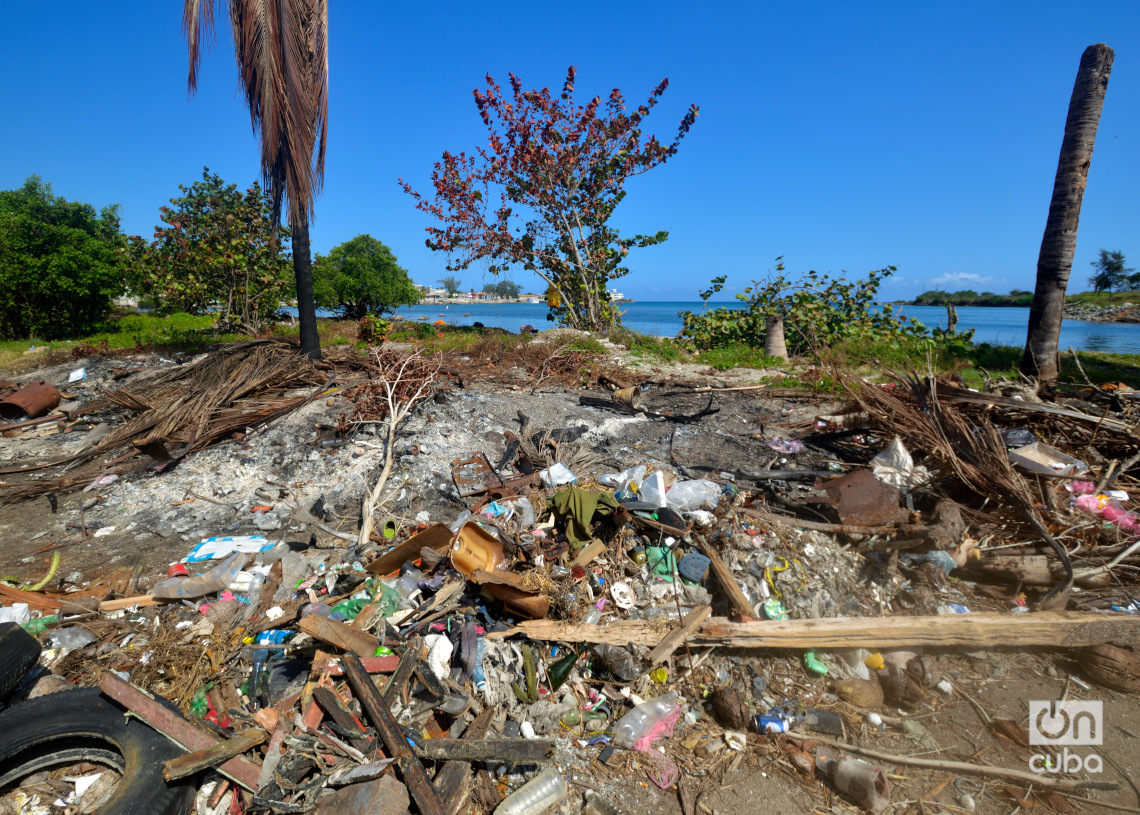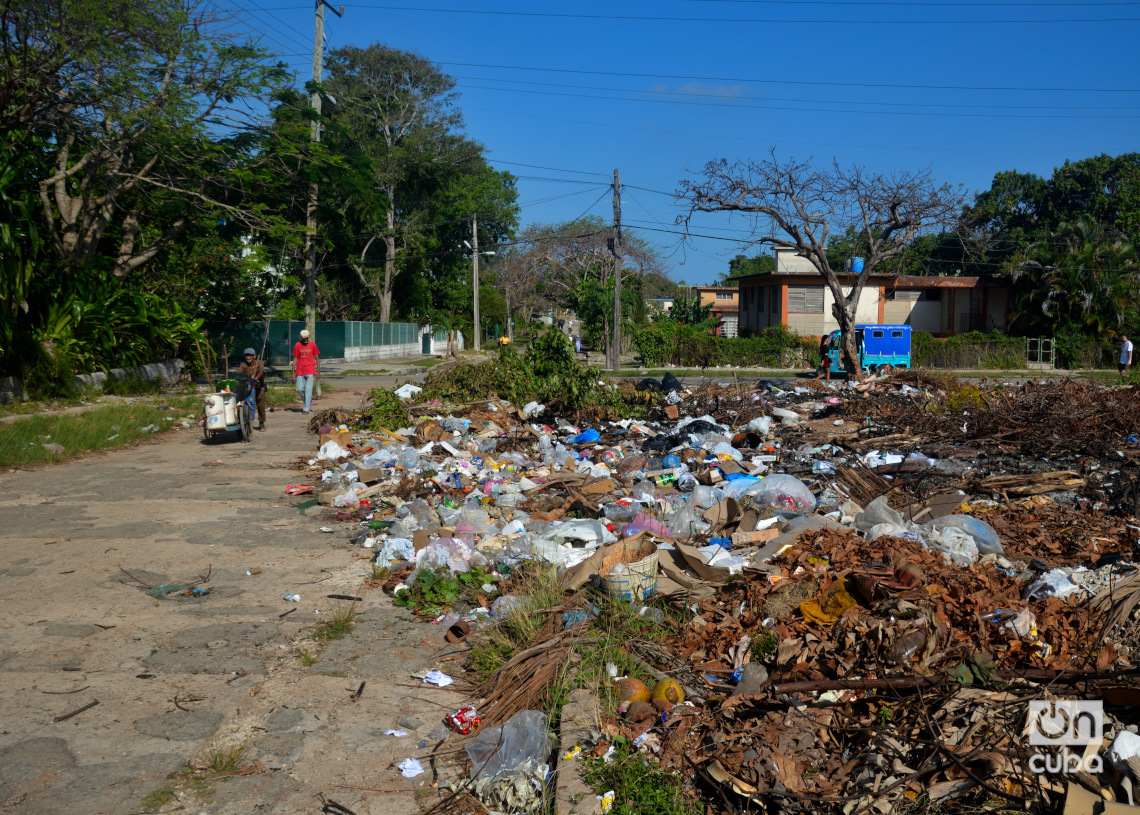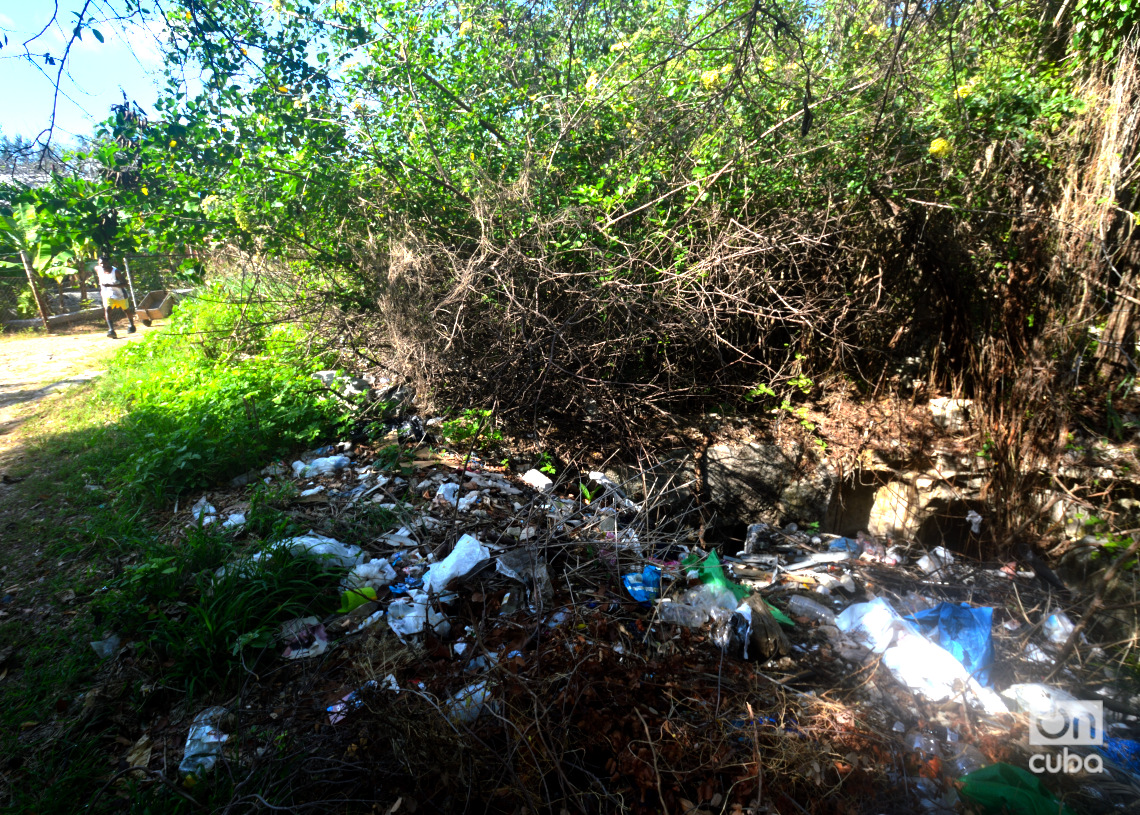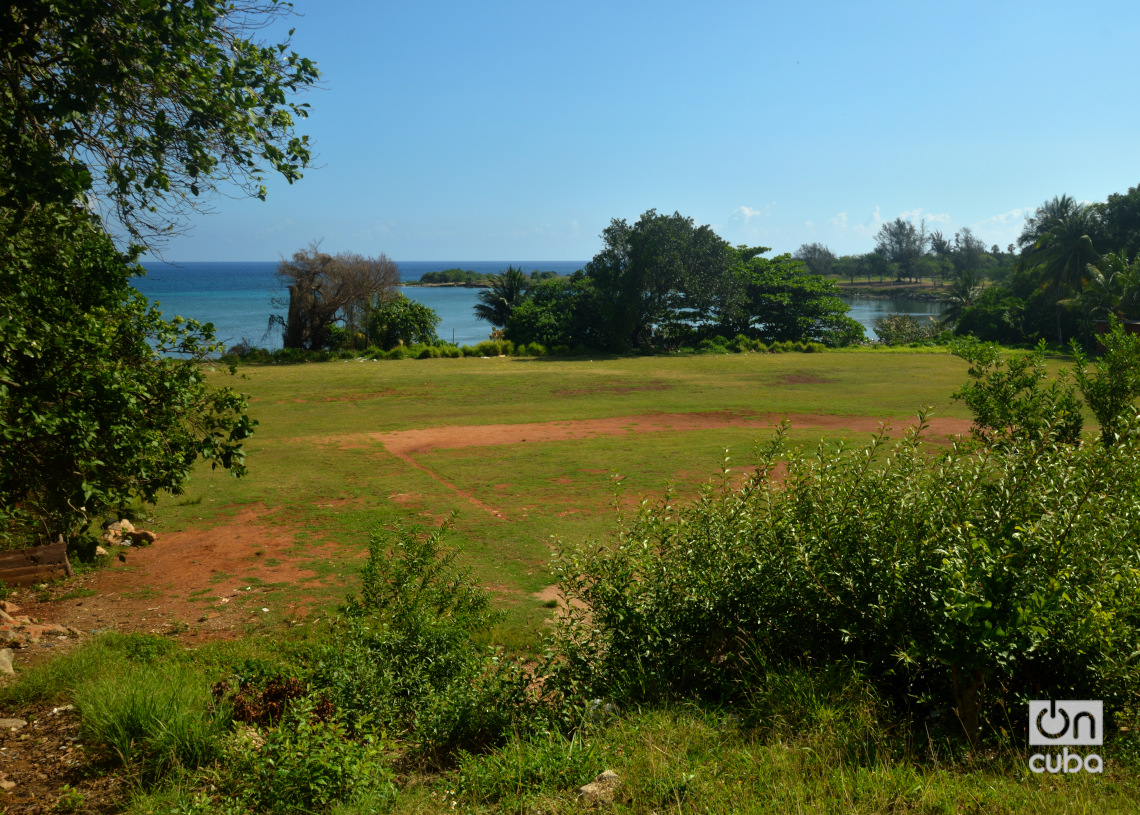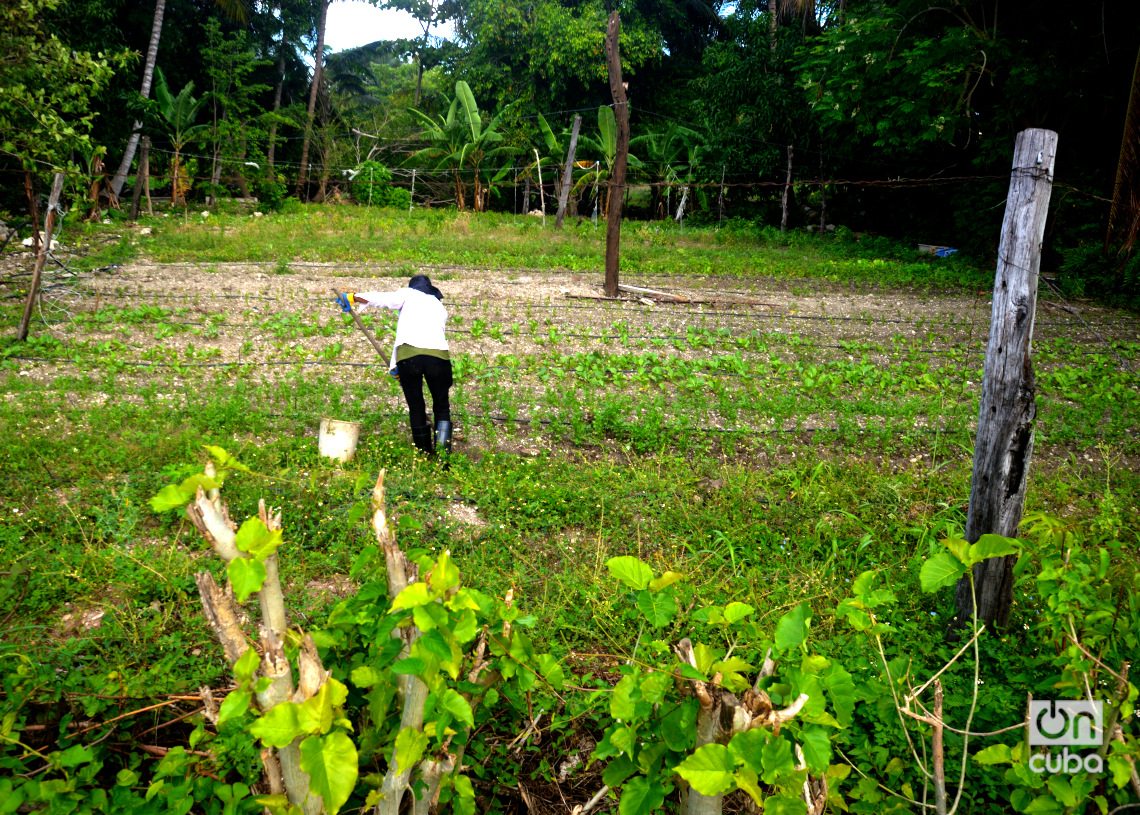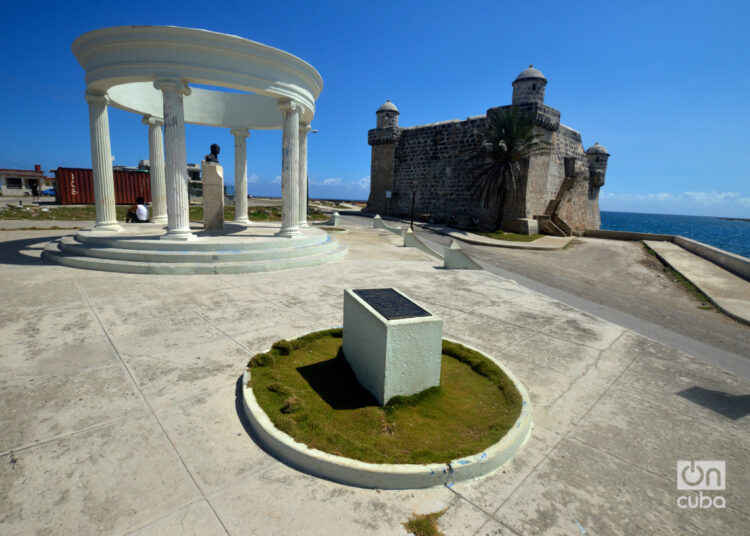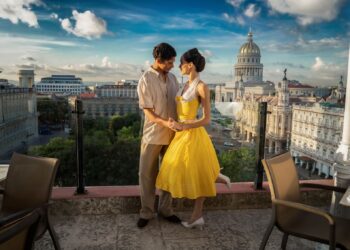Facing the sea, east of Havana, is the town of Cojímar. The town, famous for its association with U.S. writer Ernest Hemingway, is one of the most picturesque in the Cuban capital, although like all of Cuba, it bears the harsh marks of time and crisis.
Its origins as a settlement date back to colonial times, or perhaps even further. Indigenous people and settlers converged in the area. However, it was in the 17th century, after the construction of the still emblematic tower, that the shape of what is today Cojímar began to take shape.
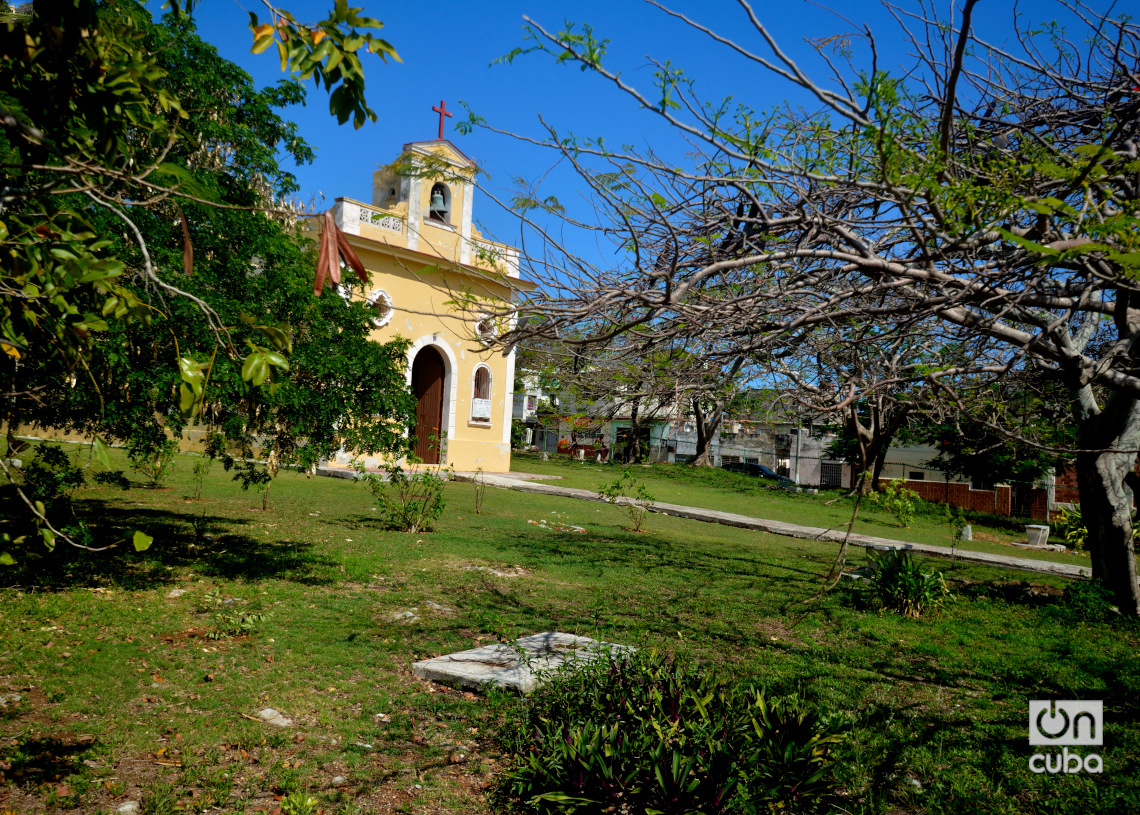

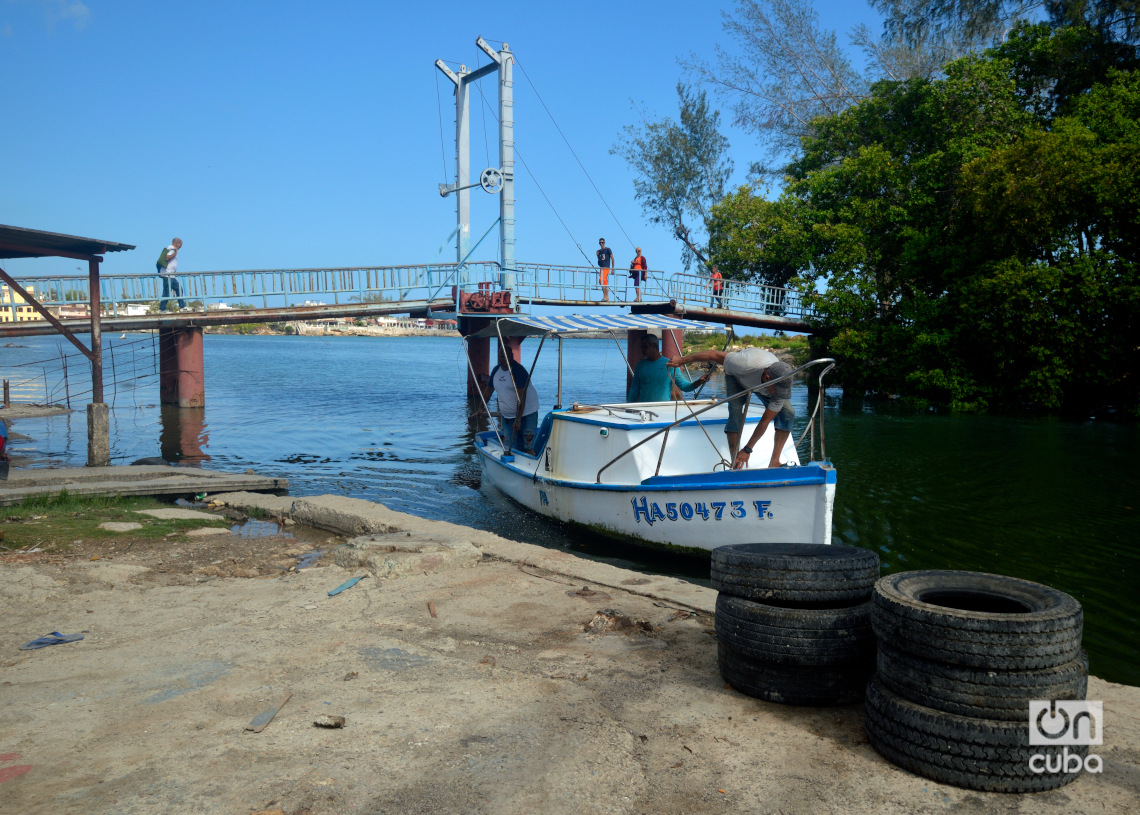
The humble fishing village, which has never ceased to exist, gained historical prominence during the British invasion of Havana, witnessing the clash between Cubans and Spaniards. Later, in the 19th century, it experienced an urban revival, becoming a seaside resort and summer destination for the wealthiest families.
Hotels, beach houses, clubs, restaurants, and other facilities were integrated into the seaside landscape of Cojímar between the final decades of the colonial period and the first decades of the Republic, bringing a lively life to the town. Furthermore, the town became the entry and exit point for the submarine telegraph cable between Cuba and Key West, operated by Western Union.

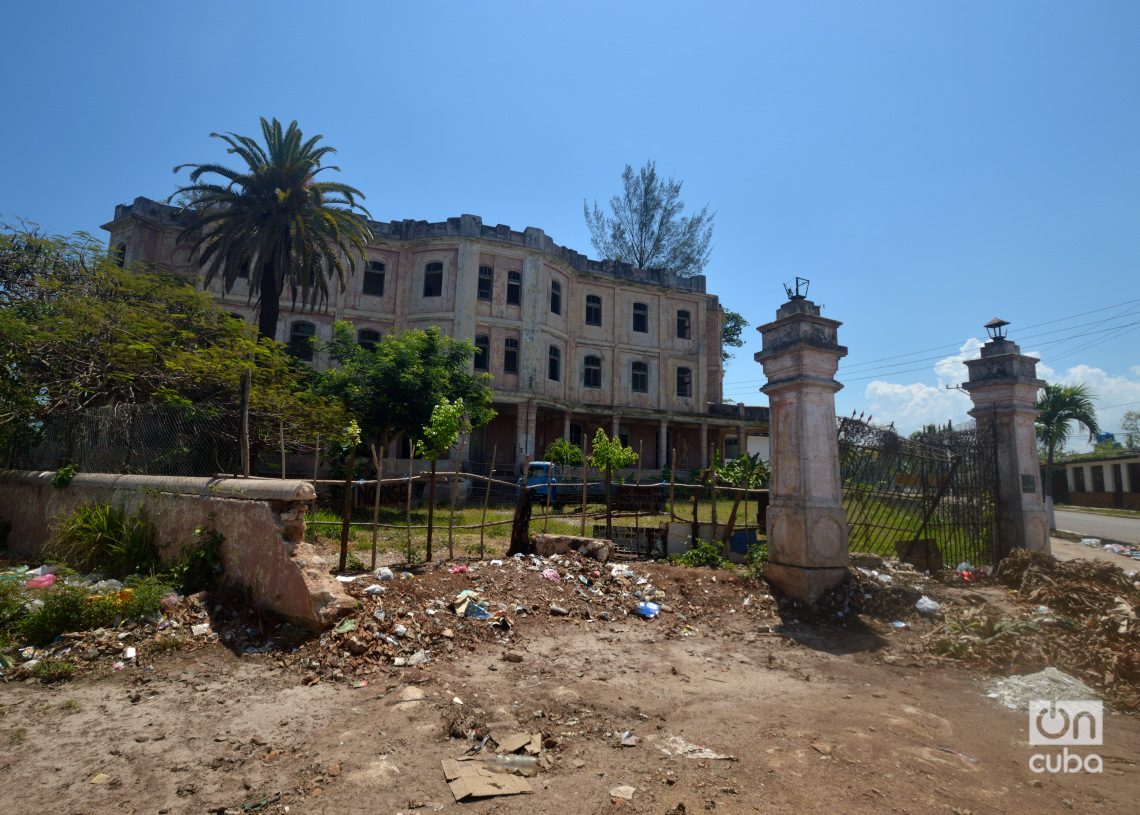
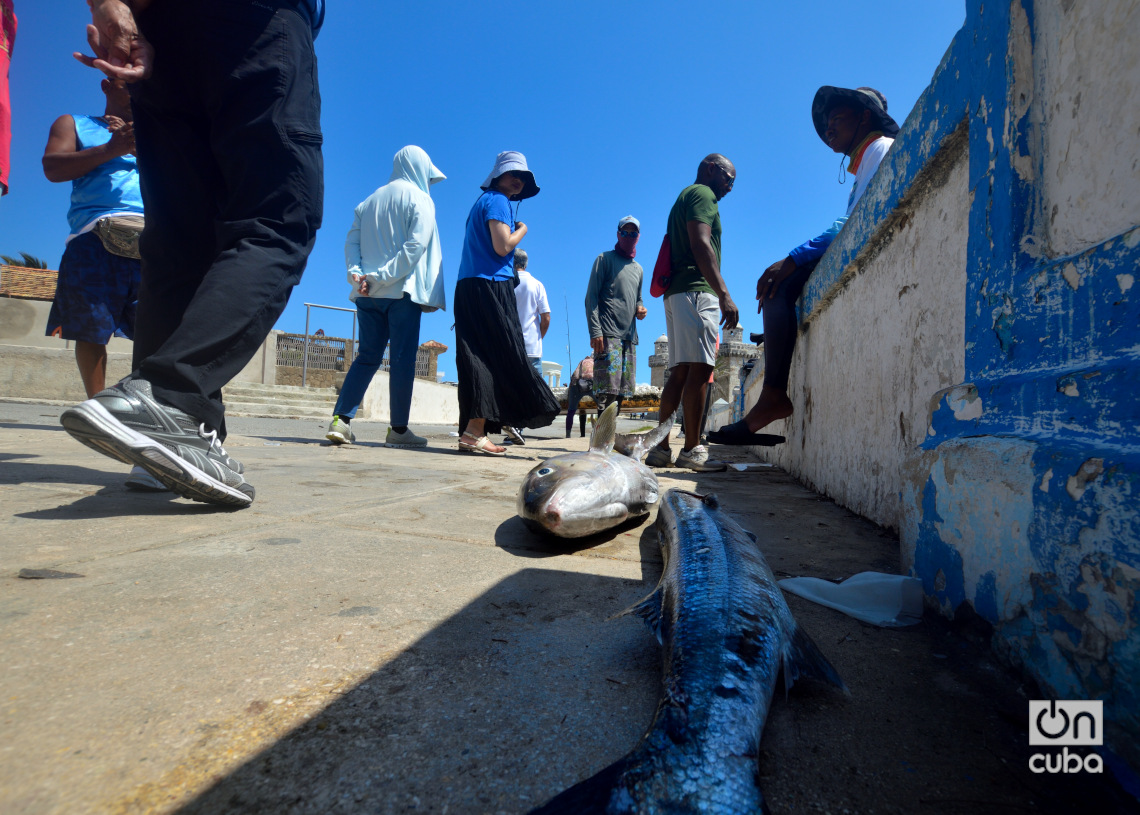
Ernest Hemingway’s name is inextricably linked to Cojímar. The future Nobel Prize winner for Literature, a regular at La Terraza Restaurant, became fond of its marine atmosphere and its people. He found inspiration in the town for his most famous work: The Old Man and the Sea.
Papa Hemingway, in whose honor a gazebo and bust are erected in Cojímar — facing the sea and the tower — forged here his love of fishing and a legendary friendship with the fisherman Gregorio Fuentes, whom he made captain of his yacht Pilar and who told the novelist the story of another experienced fisherman, which would later become the plot of the book.

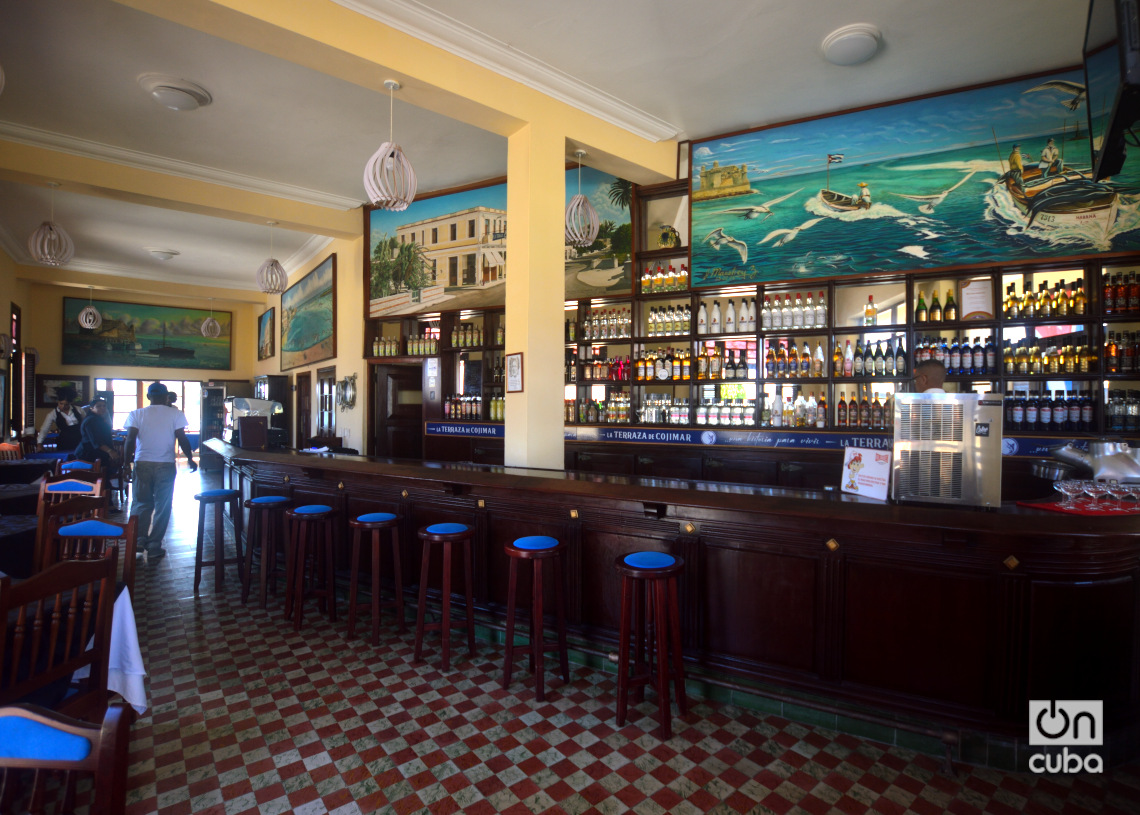
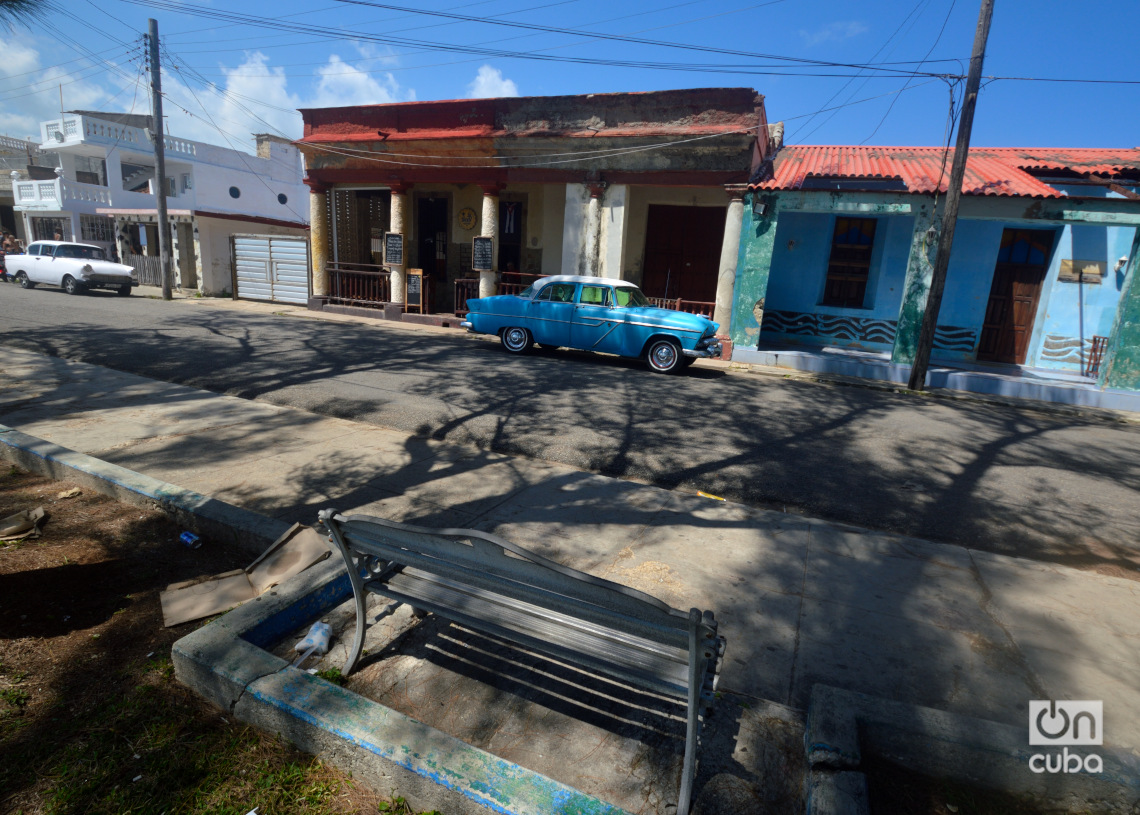
Decades later, Cojímar is no longer the same town Hemingway knew, nor is it the seaside resort of wealthy families. Many of the old buildings are in ruins or barely surviving, and new ones have been added over the years, humble or opulent.
In 2025, Cojímar remains a pleasant fishing town inhabited by peaceful people. A peaceful place, far from the hustle and bustle of the city, with beaches and green areas where garbage also accumulates, boats that go out in search of food or rest at the mouth of the river, and people who, despite everything, refuse to leave the smell and view of the sea.
This is how our correspondent Otmaro Rodríguez found it a few days ago, and he showed it to us this Sunday during another of his photographic tours of the Cuban capital.

